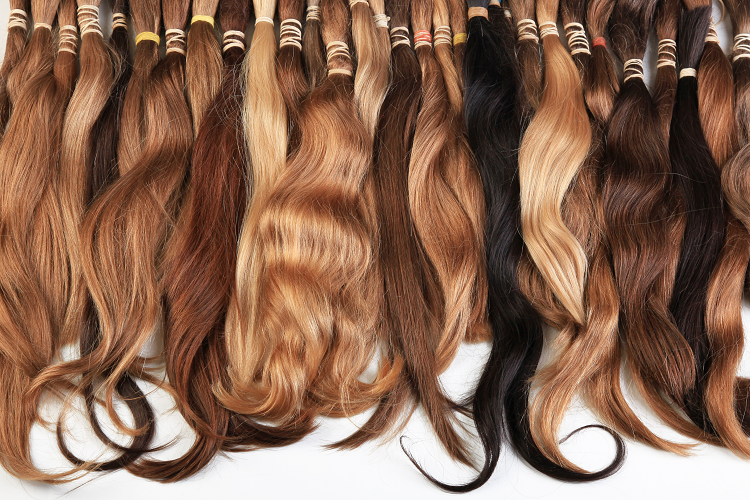It’s no secret that humans’ failure to recycle plastic correctly is destroying our oceans and killing our sealife – with a report revealing that the global beauty industry alone produce 120 billion units of plastic waste each year.
But what can beauty brands do to help consumers clean up their haircare routine?
Ahead of Plastic Free Beauty Day (June 17th), Alice Dawkins of leading hair extensions brand Milk + Blush shares tips for brands looking to improve their sustainability efforts.
Review packaging materials
One of the first things customers will notice when choosing a product is its packaging, so where possible, brands must commit to choosing recycled and recyclable materials to package items in.
Sustainable materials like paper, bamboo or aluminium are easy to recycle, can be reused and require less energy to produce.
Meanwhile, PCR materials (post-consumer recycled material) are a good choice for packaging hair and beauty products, as they have the same appearance of a luxury product but it can be infinitely recycled.
And remember…. The sole issue isn’t brands producing plastic, it’s more how they reuse and recycle it to limit their environmental impact. So, ensure it’s also important to ensure the packaging contains clear instructions for customers on how to discard it safely to help them, and you, reduce your carbon footprint.
Give back
Each year millions of people worldwide seek to enhance their locks by investing in hair extensions, but when they’re no longer in use – the hair is just chucked away.
From then, the hair usually ends up in landfills, which produce high levels of greenhouse gasses, toxins and leachate that contribute to the process of global warming.
Beauty brands should consider recycling schemes that encourage customers to return their unwanted products so they can be used to protect our oceans, not pollute them.
Our Hair Recycling Programme allows customers to return their old extensions, we then ship them to eco-charity Matter of Trust in the USA for its Clean Wave Programme.
As human hair is known for its quality to absorb oil, when turned into hair mats, it’s used in storm drains to soak up oil spills and trap debris, which helps clean up the water.
Go the extra mile
While it’s important that brands continue to improve their products and services to meet eco-objectives, the effort shouldn’t end there.
According to a recent report, customers are becoming more and more likely to buy from brands that have environmentally sustainable practices and values.
Try to reduce the carbon footprint of your workforce as much as possible by using green-only energy sources and encouraging employees to work paper-free.
Other ways that brands can clean up their act is by ensuring that their suppliers share the same views when it comes to sustainability, seeking to reduce unnecessary waste and committing to reduce their carbon footprint.
Remain transparent
Don’t forget to be open and honest with your customers about your eco-efforts and encourage regular feedback from them on ways to improve.
Just like consumers are more likely to buy from brands that have good environmental practices, transparency is another valued ethos which will likely set you apart from the competition.








